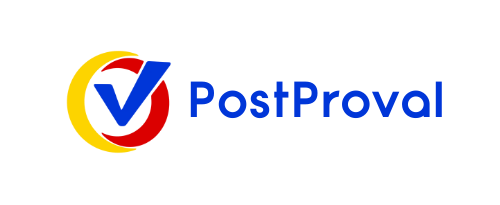Scaling organic social media is not simple these days.
Sometimes, you’re a one-person social media team.
Or maybe managing organic social is just one of the ten different hats you wear at work.
Perhaps you’re brand new in your role and need to show some results quickly to build goodwill with your team before suggesting bigger changes.
If any of this sounds familiar, then this “quick and dirty” approach to scaling organic social media is for you.
It’s not a perfect, foolproof strategy, but it’s designed to get you some results fast.
Let’s dive into the steps!
1) Understand your audience
Understanding your audience is the single most important part of this process.
If you know who they are and what they care about, you’re already halfway to creating content that resonates.
Ask yourself these questions:
- Who is my audience?
- What do they care about?
Keep it simple. You don’t need a massive audience profile document. You just need a clear sense of who they are and what excites them.
Remember, it’s not about what you want, what your boss wants, or even what I want.
The only thing that truly matters is what your target audience wants.
Nail this step, and the rest will flow more easily.
2) Review available data
Data is your best friend when trying to scale organic social quickly.
Take a deep dive into the analytics of your existing posts to see what’s already working.
Look at these variables in your top-performing posts:
- Content theme – what topics or ideas are resonating?
- Color scheme and design – are certain colors or visual styles more engaging?
- Font – does the text style contribute to engagement?
- Voice and tone – what tone do people seem to connect with?
- Structure and format – is there a format that gets more clicks, like lists or questions?
Now, do the same for your competitors or similar accounts.
Look for patterns that you can leverage in your own strategy.
3) Create a 60-day strategy guide
Using your findings from the analytics review, outline a simple strategy guide for the next two months.
You don’t need anything too complicated; just a roadmap that captures the essential elements you found in your top-performing content.
Here’s what to include:
- Content themes and topics that performed well
- Design elements like colors, fonts, and layouts that worked best
- Post structures and formats that got the most engagement
- Voice and tone that seemed to connect with your audience
This guide will help you stay consistent and focused without reinventing the wheel every week.
4) Tap into your existing content reservoir
One of the best shortcuts for creating new content is to repurpose what you already have.
Search your company’s files and archives for resources that can be adapted for social media.
Don’t limit yourself to folders labeled “social media content.”
Look everywhere: old podcasts, PDF guides, PowerPoint decks, whitepapers, blog posts, you name it.
If it has valuable insights, you can probably rework it into a social media post.
From there, plan how to turn this existing content into “social-native” content that’s designed to engage your audience.
This could mean breaking down a long article into bite-sized tips or pulling quotes from a podcast episode for visually appealing posts.
Why this process isn’t perfect
Now, I’ll be the first to admit this plan isn’t flawless. In fact, I usually advise against a “quick and dirty” approach like this because:
- Content created from the top down, without audience input, typically doesn’t perform as well.
- This process skips over some important factors like regular testing, A/B comparisons, and iterating based on fresh feedback.
But the reality is, sometimes you have to work with what you have to get things moving before you have the resources to fully build out your ideal strategy.
Why this process can work
For those in a more corporate or traditional environment, this approach can be surprisingly effective.
By pulling from existing, approved content and data, you’re not making a radical change. You’re just building on what’s already there.
This approach also appeals to managers and decision-makers who may be wary of huge changes.
You’re not proposing a 180-degree shift; you’re making subtle, data-driven tweaks that can drive results without alarming anyone.
Final thoughts
For a lot of people social media is only part of their job. If you’re in a similar boat, it’s not realistic to follow every piece of advice from social media “gurus.”
Sometimes, you have a small team, a tight budget, and a never-ending to-do list.
If that’s you, I hope this quick and dirty guide helps!
Remember, social media doesn’t have to be perfect to be effective. It just has to be consistent, engaging, and aligned with your audience’s needs.
Now go forth and start scaling that (organic) social media presence!




